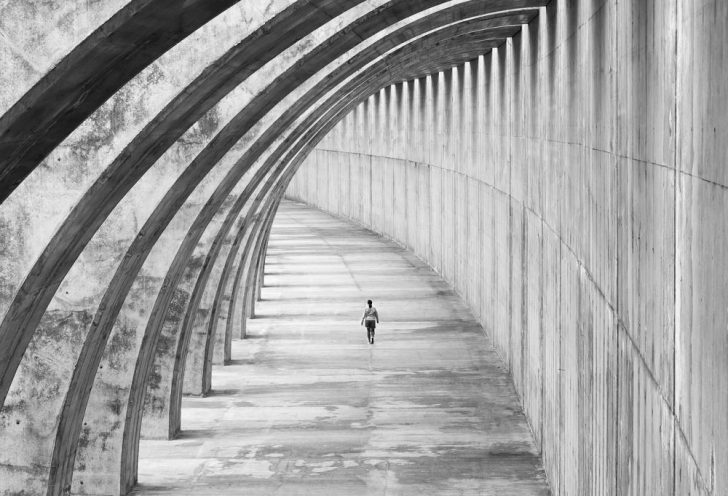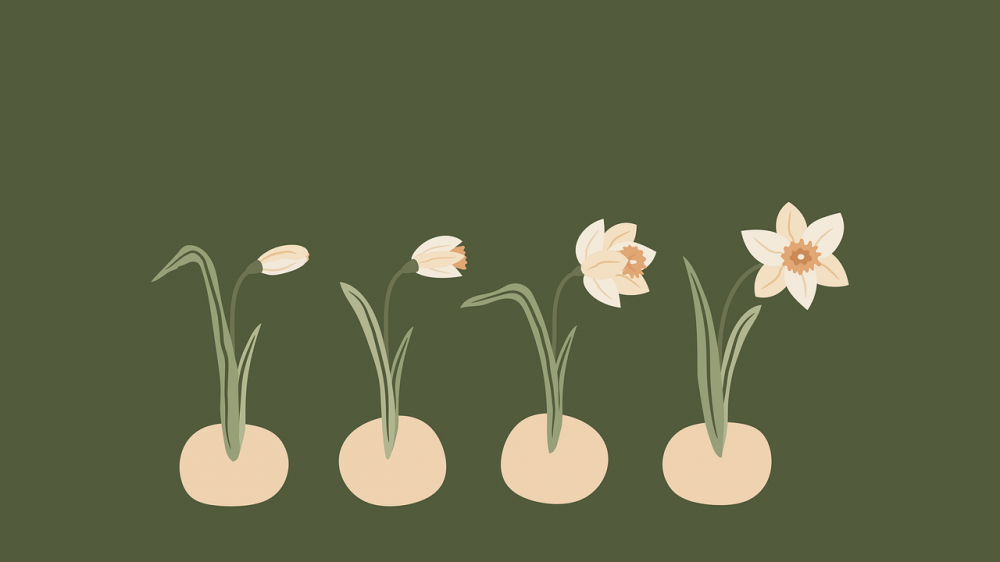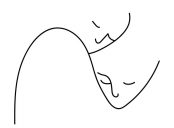Scandinavian Design: A Comprehensive Exploration

Introduction ()
Scandinavian design is a highly renowned concept that has gained worldwide recognition for its minimalistic approach, functionalism, and timeless elegance. Originating from the Nordic countries, this design style has captivated the world with its clean lines, natural materials, and focus on simplicity. In this article, we will delve deeper into the world of Scandinavian design, exploring its essence, various types, popularity, quantitative measurements, differences within the style, and its historical evolution.
Overview of Scandinavian Design

Scandinavian design embodies a philosophy that emphasizes functionality, simplicity, and beauty. It emerged in the early 20th century as a response to the ornate and embellished styles that dominated the era. Influenced by the natural landscapes and climate of the region, Scandinavian design aimed to create harmonious living spaces that were practical, comfortable, and visually appealing.
Comprehensive Presentation of Scandinavian Design
Scandinavian design encompasses a wide range of design disciplines, from architecture and furniture to textiles and graphic design. It is characterized by clean, minimalist lines, organic shapes, and a neutral color palette. The use of natural materials such as wood, leather, and stone is integral to this design style, reflecting the Scandinavian appreciation for nature.
There are various types of Scandinavian design that have gained popularity over the years. The Mid-Century Modern movement, for example, emerged in the 1950s and 1960s and is characterized by its functionalist approach and integration of nature into living spaces. Another prominent type is the New Nordic movement, which focuses on sustainable, locally sourced materials and craftsmanship. Additionally, a more contemporary trend known as Scandinavian minimalism has gained traction, emphasizing simplicity and clean aesthetics.
Quantitative Measurements of Scandinavian Design
Quantitative measurements can offer insights into the popularity and influence of Scandinavian design. One way to measure this is through consumer preferences and sales data. Scandinavian design has been consistently sought after by consumers worldwide, with a significant demand for Scandinavian furniture, home decor, and fashion items. Online search trends also reflect the increasing interest in Scandinavian design, with a steady rise in searches for Scandinavian-inspired products and interior design ideas.
Discussion of Differentiations within Scandinavian Design
While Scandinavian design has a unifying foundation, it is important to acknowledge the variations and differences within the style. Scandinavian design in Denmark, for instance, often displays a focus on functionalism and craftsmanship, whereas Swedish design tends to have a more minimalistic and playful aesthetic. Norwegian design, on the other hand, often incorporates sustainability and nature-inspired elements. These differences contribute to the richness and diversity of Scandinavian design, allowing individuals to find a style that resonates with their personal preferences.
Historical Overview of Advantages and Disadvantages in Scandinavian Design
Throughout its evolution, Scandinavian design has continuously evolved and adapted to the changing needs and preferences of society. One of the advantages of Scandinavian design is its timelessness. The minimalist aesthetics and focus on functionality have enabled Scandinavian design to withstand passing trends, making it a sustainable and enduring choice. Additionally, the emphasis on quality craftsmanship ensures that Scandinavian design pieces are often cherished heirlooms passed down through generations.
However, one potential disadvantage of Scandinavian design is its association with high prices. The quality materials and craftsmanship often result in higher price points, which may make it less accessible for some individuals. Furthermore, the minimalistic nature of Scandinavian design may not resonate with those who prefer more ornate or eclectic styles.
Conclusion
Scandinavian design has made an indelible mark on the world of design. Its focus on functionality, simplicity, and timeless aesthetics has earned it a special place in the hearts of design enthusiasts and consumers alike. From its origins in the Nordic countries to its global influence today, Scandinavian design continues to inspire and captivate people with its clean lines, craftsmanship, and harmony with nature.
We invite you to watch the video below for a visual exploration of Scandinavian design, showcasing iconic pieces and inspirations from the region.
Video Placeholder (H2)
As a final note, Scandinavian design’s enduring popularity and widespread recognition reflect its universal appeal. Whether you are looking to create a serene living space or seeking inspiration for your next design project, Scandinavian design offers a wealth of ideas and possibilities. Embracing simplicity, functionality, and natural beauty, Scandinavian design invites us to cultivate harmony in our surroundings while appreciating the elegance of everyday objects.





















